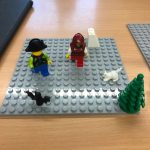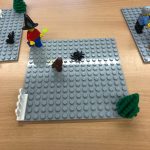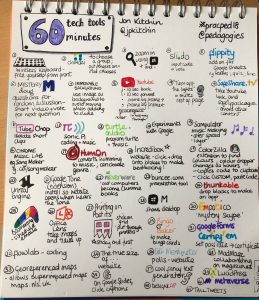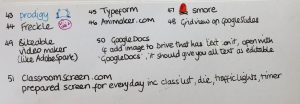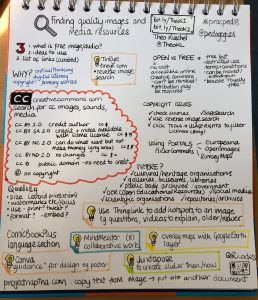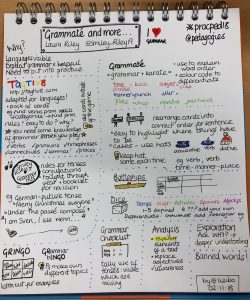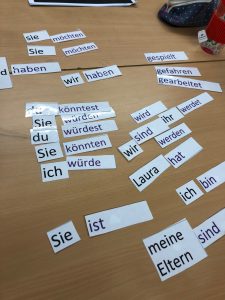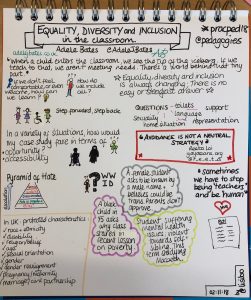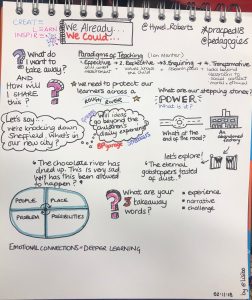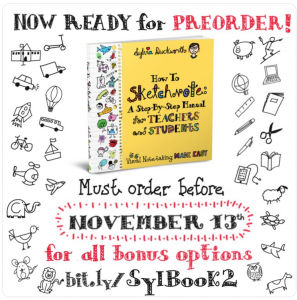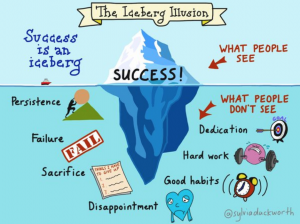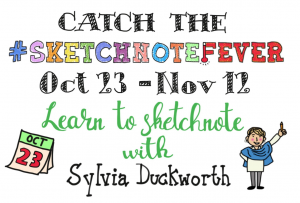“As lovers of all things British AND foreign, especially languages, the team at bsmall publishing are leading a crusade to keep foreign language learning alive in the minds of our kids and parents at home.”
Thus starts the press release from bsmall publishing, announcing their new series of books entitled Hello Languages.’
I’ve blogged about bsmall products in the past including the I can read series and their dual language books for older KS2 pupils, and I also helped them with some advice a couple of years ago, so I was really pleased to be contacted for my comments on this latest publication.
bsmall have approached the creation of these materials with the following in mind:
“Kids like cool facts and fun things to do. That’s why language learning books for kids should … take the essence of the language… [and] be bright, bold, fun and colourful..filled with practical examples of language in everyday life and [encouraging] kids to just have a go without fear of making mistakes.”
The Hello languages series is available in three languages – English, French and Spanish – and is bold, colourful and fun. It’s intended to be used independently by children rather than as a classroom resource, and comprises four books;
- Beginner’s guide
- Picture dictionary
- Workbook
- Colouring book
I was sent the Hello French! materials to have a peek before they were released.
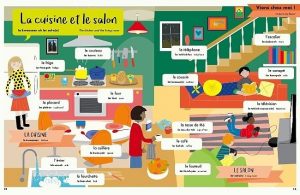 The Beginner’s Guide is organised under 6 topics and takes one aspect for each double page; for example, in Viens chez moi there are pages on Ma famille, À la maison, La cuisine et le salon, and Ma chambre et la salle de bains. It gives vocabulary and some useful phrases as well as a very short explanation or comment in English at the start of each topic as well as for certain themes such as the weather and time. The vocabulary is supplied as labels on a vibrant illustration, in French, English and with a guide to pronunciation.* There is also a word list at the back of the book for reference.
The Beginner’s Guide is organised under 6 topics and takes one aspect for each double page; for example, in Viens chez moi there are pages on Ma famille, À la maison, La cuisine et le salon, and Ma chambre et la salle de bains. It gives vocabulary and some useful phrases as well as a very short explanation or comment in English at the start of each topic as well as for certain themes such as the weather and time. The vocabulary is supplied as labels on a vibrant illustration, in French, English and with a guide to pronunciation.* There is also a word list at the back of the book for reference.
*I’m not a great fan of this as I think it can lead to confusion – how many of you have seen children laboriously copy out the phonetic version of words from a dictionary, and also over pronounciation – grassy arse? However, given that this is a resource for children to access on their own, without phonics input or a spoken example, perhaps supported by a parent who is also unaware of how to say the words/phrases, I can see the value of including the ‘how to pronounce’ notes.
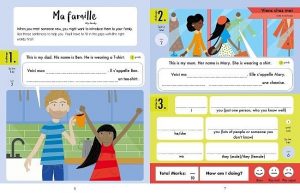 The Workbook goes alongside the Beginner’s Guide, giving children an opportunity to apply what they learn in a series of Challenges – as the front page says ‘Practice makes perfect!’ On completion, children can check their answers at the back of the book and are invited to assess how they’ve got on by colouring or circling one of three faces – Bien, Pas mal or pas super.
The Workbook goes alongside the Beginner’s Guide, giving children an opportunity to apply what they learn in a series of Challenges – as the front page says ‘Practice makes perfect!’ On completion, children can check their answers at the back of the book and are invited to assess how they’ve got on by colouring or circling one of three faces – Bien, Pas mal or pas super.
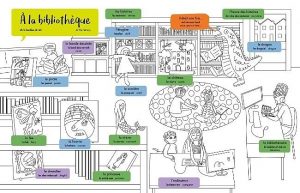 The Colouring Book takes some of the topics and themes from the Beginner’s Guide and offers the opportunity to colour the illustration used in the latter as the child wishes, reinforcing vocabulary which is labelled as in the Beginner’s Guide.
The Colouring Book takes some of the topics and themes from the Beginner’s Guide and offers the opportunity to colour the illustration used in the latter as the child wishes, reinforcing vocabulary which is labelled as in the Beginner’s Guide.
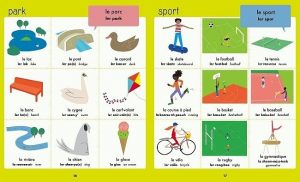 The French-English Picture Dictionary is organised by topic with nine vocabulary items per page, and an alphabetical word list of the 350+ vocabulary items in French-English and English-French at the end.
The French-English Picture Dictionary is organised by topic with nine vocabulary items per page, and an alphabetical word list of the 350+ vocabulary items in French-English and English-French at the end.
This is a resource that I could happily recommend to a parent who wants to encourage their child’s language learning at home. It’s suitable for younger learners with some adult support in part (the workbook is labelled 6+ due to the required level of literacy) and could be used in the language being learned at school – for my pupils, this is Spanish – or in a new language – in my case, French.
You can find out more on the bsmall website – www.bsmall.co.uk and, on their language learning pages, you see their other language resources including books, dual language texts, play scripts, sticker books, activity books and card games and download a catalogue.


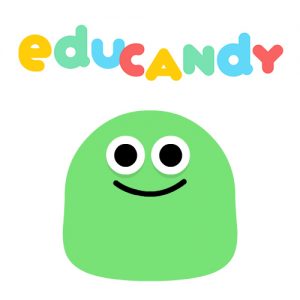
 Words – input a list of words and play Anagrams, Hangman or Wordsearch.
Words – input a list of words and play Anagrams, Hangman or Wordsearch.
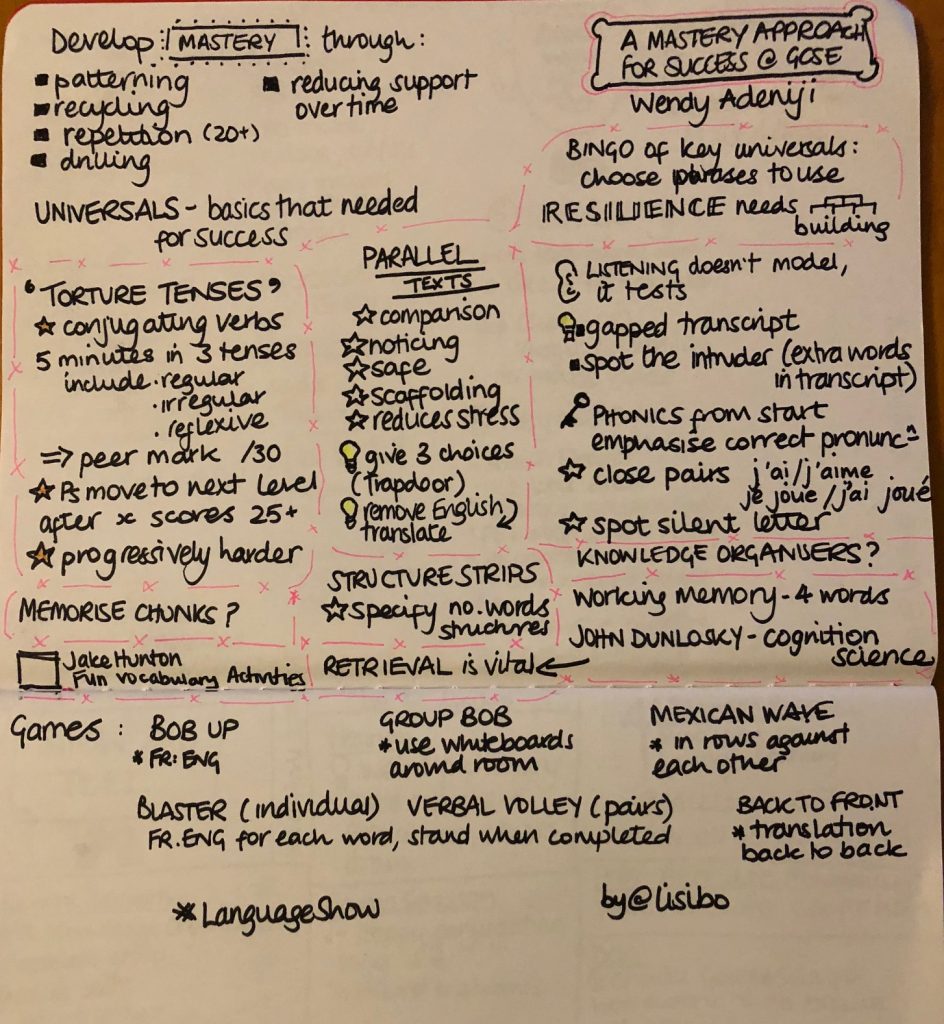
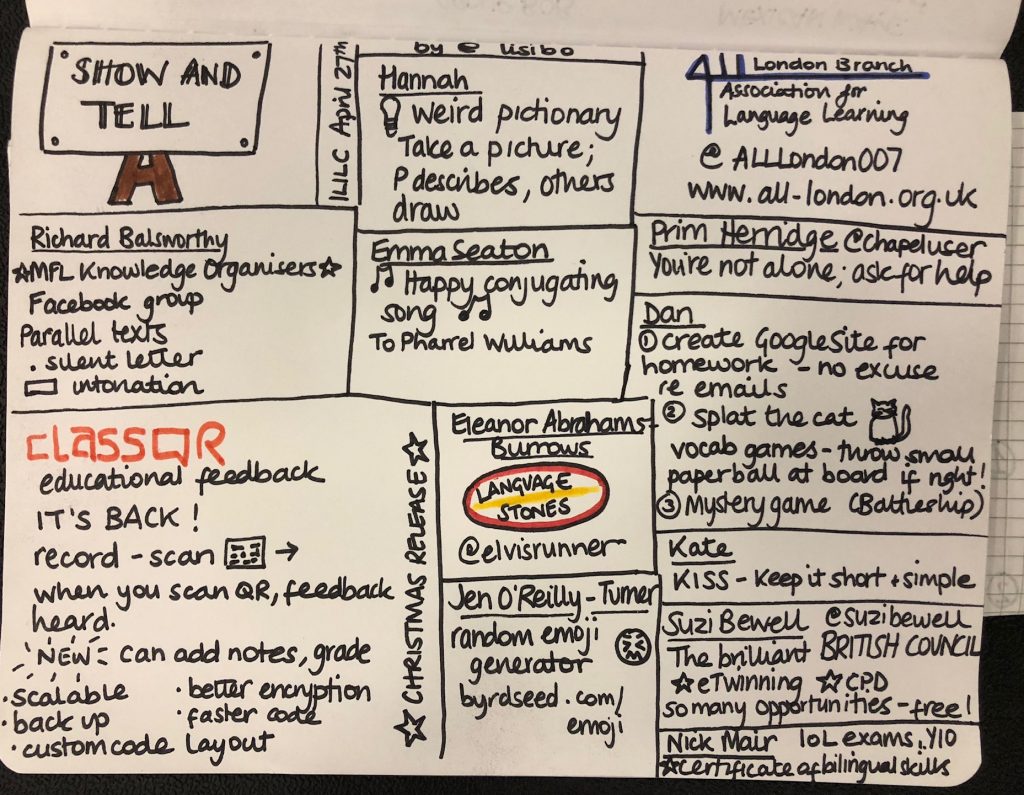
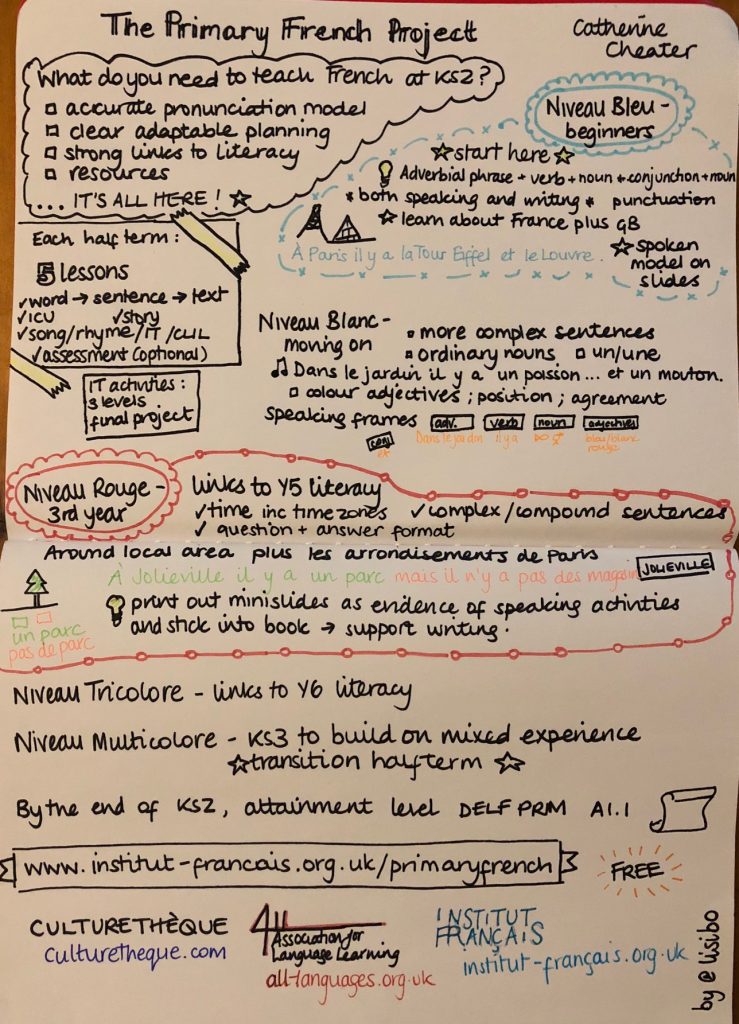
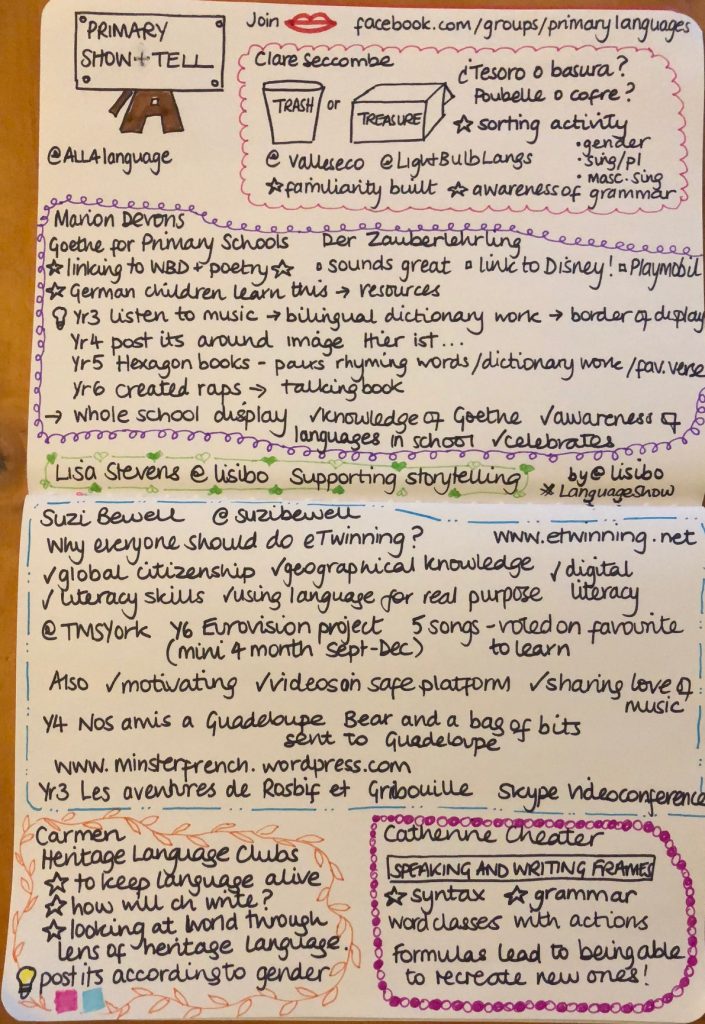
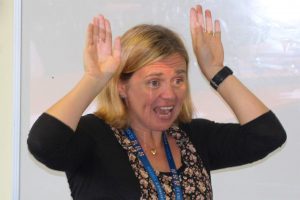
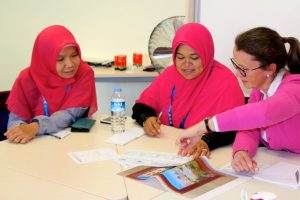
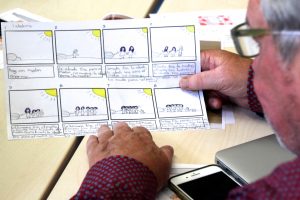

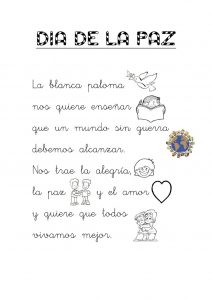
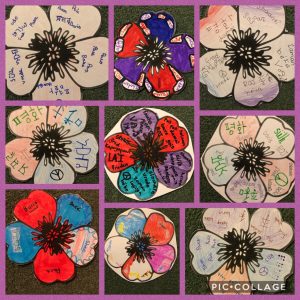
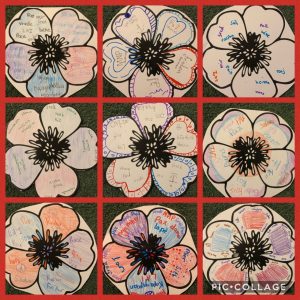
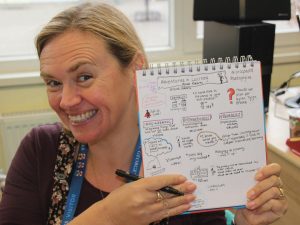
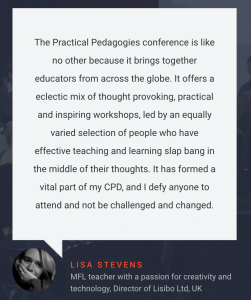
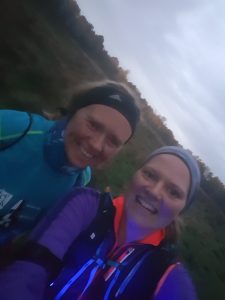
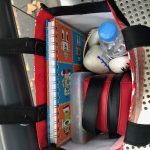
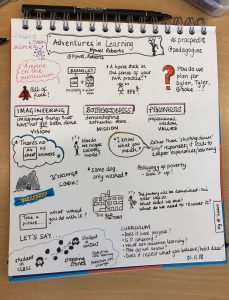
 After my first choice was cancelled, I attended a session on Language for Maths, a reflection on how games can be used to practice maths vocabulary. Without the necessary vocabulary, EAL students cannot enjoy success in solving maths problems, and the games we played and discussed required repetition of key words and phrases such as more than, fewer than, equal to, equivalent to, ratio, decimal and fraction. An interesting session that I’ll be feeding back to my colleagues.
After my first choice was cancelled, I attended a session on Language for Maths, a reflection on how games can be used to practice maths vocabulary. Without the necessary vocabulary, EAL students cannot enjoy success in solving maths problems, and the games we played and discussed required repetition of key words and phrases such as more than, fewer than, equal to, equivalent to, ratio, decimal and fraction. An interesting session that I’ll be feeding back to my colleagues.
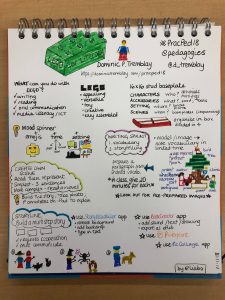 Session 3 saw me face another challenge – playing with LEGO whilst sketchnoting.
Session 3 saw me face another challenge – playing with LEGO whilst sketchnoting. 